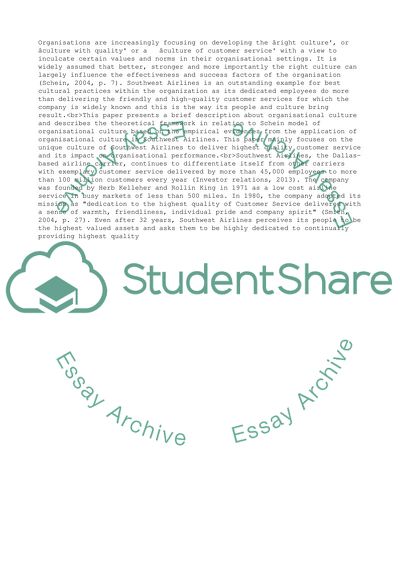Cite this document
(“An analysis of the Culture of an organisation Essay”, n.d.)
An analysis of the Culture of an organisation Essay. Retrieved from https://studentshare.org/business/1618864-an-analysis-of-the-culture-of-an-organisation
An analysis of the Culture of an organisation Essay. Retrieved from https://studentshare.org/business/1618864-an-analysis-of-the-culture-of-an-organisation
(An Analysis of the Culture of an Organisation Essay)
An Analysis of the Culture of an Organisation Essay. https://studentshare.org/business/1618864-an-analysis-of-the-culture-of-an-organisation.
An Analysis of the Culture of an Organisation Essay. https://studentshare.org/business/1618864-an-analysis-of-the-culture-of-an-organisation.
“An Analysis of the Culture of an Organisation Essay”, n.d. https://studentshare.org/business/1618864-an-analysis-of-the-culture-of-an-organisation.


